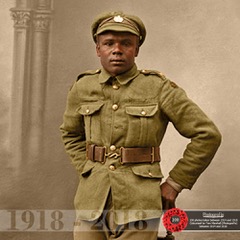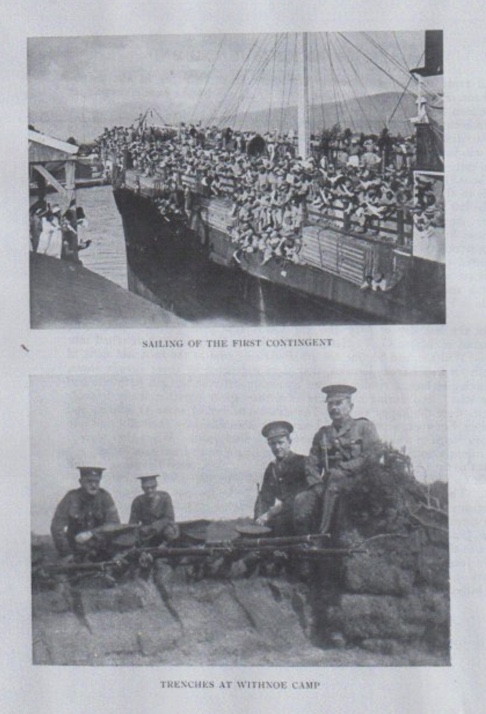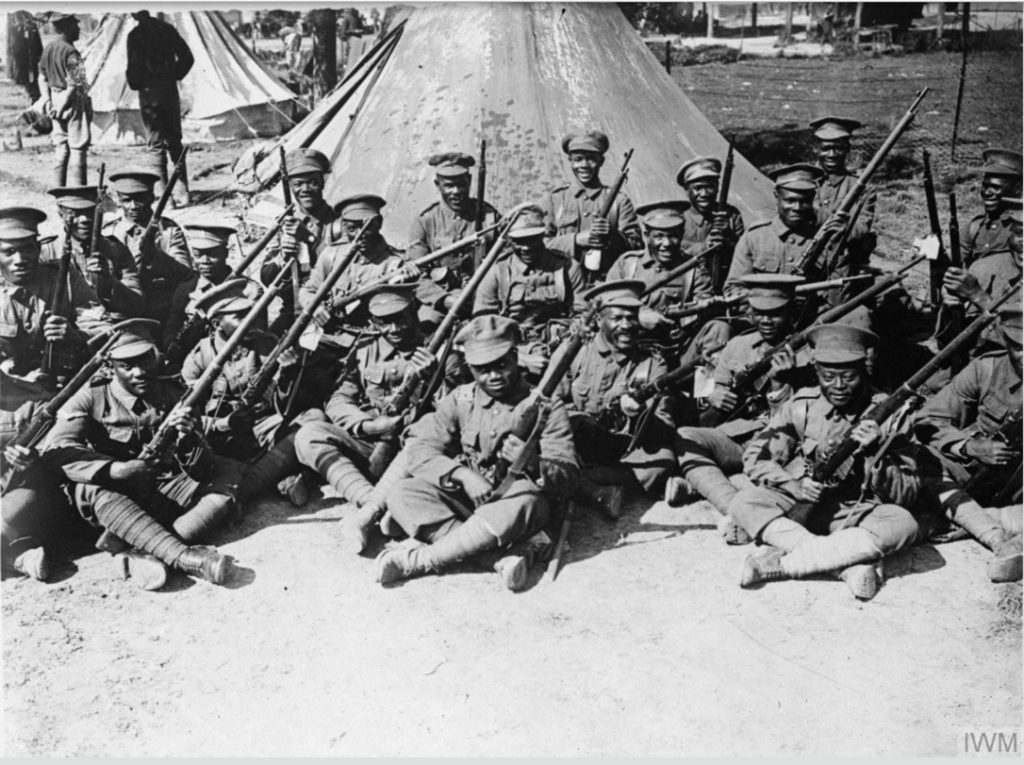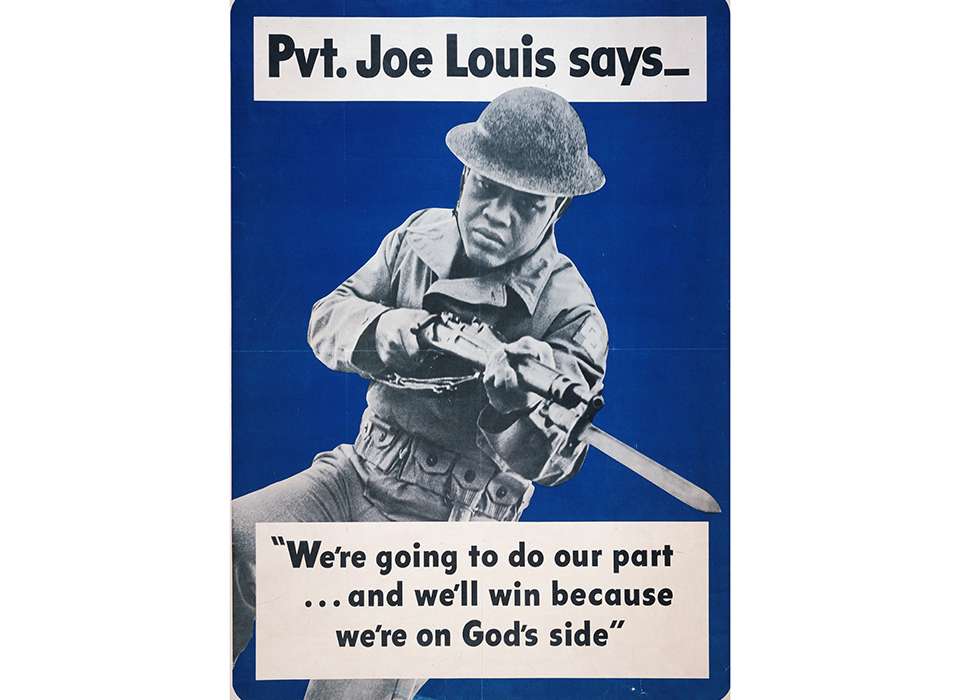Bob Keys shares local history and memories of West Indian and Black American troops being stationed in south-east Cornwall during the First and Second World War.

A number of local memories concerning Black American troops stationed at Tregantle Fort before D-Day still circulate around Rame, particularly in relation to their musical talents and accomplishments, their smart uniforms and their ‘laid-back’ style when dancing to Swing and Jazz. Although the US Army at this time still practised the segregation of black and white units this did not prevent the troops mixing with the locals and they were particularly popular at village hall dances, while others attended Methodist services. There were a number of local Afro-Caribbean families in the locality too, some with local roots at least as far back as the early eighteenth century, in part due to the maritime heritage of the community. Less respectably, this included the famous local smuggler and reputed pirate; Black Joan Finn, the Carib Queen, associated with Looe Island and Polperro and the Cornish privateers of Turktown.(See the portrait by Robertson; ‘Arrest of a Smuggler in Looe Guildhall, where Joan Finn is a figure in the background).
Less well known was the stationing of West Indian troops at Withnoe Camp during the Great War. (1) The ghost of a lone West Indian soldier who died at Withnoe Camp was mentioned in a local oral history interview at Torpoint, back in the 1980s, in connection with the troops stationed there. He has never been seen, but sometimes was heard, because of his fine Gospel singing voice.
On further investigation it turns out that during the First World War part of the British West Indian Regiment, the 3rd Battalion, mostly from Jamaica, was indeed stationed at Withnoe Camp for their initial training. They became popular figures within the local community too, not least for their choral ability in the local chapels in Torpoint and Millbrook.
Conditions at the camp, however, were not good and a number of soldiers had arrived already ill with extreme frostbite and pneumonia from their time in Nova Scotia. They became even more ill due to the damp and cold conditions on Rame. At least one is believed to have died after a tragic accident at Torpoint, while others contracted pneumonia, although I have found no trace of any graves in the local churchyards.
The following description is taken from the official account of the British West Indian Regiment; “Jamaica’s Part in the Great War, 1914-1918” and describes some of these incidents:

Source: British West Indian Regiment; Official History.
“All ranks received the kindest treatment from residents in the neighbourhood of their camps, who were much impressed by the excellent conduct of the men. In spite of the weather, good training work was done at Withnoe.
About the middle of April1916 we were all grieved to learn of the death of one of the men, Private Bryan, a Jamaican. It appeared he was late for the last ferry at the quay and jumped toward the boat but fell into the water. Another B.W.I. man, Private Patterson, made a gallant attempt to rescue Bryan by jumping into the water and trying to get him up, but his efforts were unavailing and Private Patterson was himself picked up in an exhausted condition. He was subsequently awarded the Bronze Medal of the Royal Humane Society, and a subscription was raised for a watch and chain, which were presented to him at a Battalion parade later in Egypt. (Where they were later stationed)
On the last day of May, the 3rd Contingent from Jamaica disembarked at Torpoint and marched to the camp at Withnoe and became the 4th Battalion; as the men and most of the officers also hailed from Jamaica, they were welcomed by those already there. A sporting rivalry at once sprang up between them….and during the weeks spent there many friendly sporting contests (including cricket matches) were the happy result.
The draft consisted of 31 officers and 800 men, but their numbers had been sadly diminished by the ill-fated trip to Nova Scotia… When they arrived at Withnoe a good many of the men were still suffering from frostbite.
On June 22nd a Travelling Medical Board visited Withnoe Camp and examined the remainder of the 4th Battalion B.W.I.R. and found 298 men, (of the original 800!), the majority of whom were still frost-bitten, were to be reported as permanently unfit for further service. (2)”
In an oral history tape, available in the Torpoint Archive, a local resident… describes briefly the local reaction to the arrival of the B.W.I.R in the area and their attendance at Methodist and Congregationalist chapels. The poor conditions at the camp were well-known locally.
The official treatment of the troops while on service in Europe, Egypt and elsewhere was far from perfect despite their welcome locally and culminated after the war in a mutiny at Taranto in Italy; for further information see the additional reading below. (3)
Many of these prejudices and conflicts were to recur in the Second World War but the rigid segregation practised in the US Army was also supposed to prevent fraternisation with the locals. Black troops were given educational talks on the peculiarities of the British; warm beer, being invited in for tea, how to be polite, at a distance, with ‘young ladies’ and to avoid commenting on the shocking living conditions of some ‘poor-whites’. (4) The presence of a small number of local families of Afro-Caribbean ancestry in the villages seemed to come as a complete surprise to most of the Americans, including their Military Police who were supposed to enforce the segregation. (5)

Source: www.iwm.org.uk
In regard to preparations for D-Day during the Second World War the familiar folklore motif of the Ghostly Regiment or Cavalry charge has been recorded locally for the night before the 6th June 1945. On the anniversary evening of 5thJune it was claimed that the sound of the marching boots of a ghostly regiment, embarking for the D-Day Invasion could still be heard on the roads to Jupiter Point at Antony Passage, or the Barn Pool at Mount Edgecumbe. The locals were all ‘locked-down’ under martial law at the time. A lady at Antony, who remembered the actual D-Day events very well, said she could distinguish the different sounds made by the clattering hob-nail boots of the smaller number of British Commandoes and the quieter swooshing steps of the thousands of American rubber-soled combat boots. She said the infantry marched in silence through the narrow country lanes, like ‘giant midnight caterpillars’ heading for the coast where the invasion flotillas where waiting.

Photo:
The 1st Battallion of the US, 115th Reg, (part of the 29th Division) had their Headquarters at Tregantle Fort. This included the famous Construction Battalion of black Americans, who had proved very popular locally at village dances and musical events. It included the three World Boxing Champions; Joe Louis, the Brown Bomber at Heavyweight, Jackie Wilson at Lightweight and Sugar Ray Robinson at Middleweight (As above). Joe Louis was as popular in Britain at the time as Muhammad Ali was to become later, in part for his famous defeat of Max Schmeling the German Champion in their re-match. This was exploited in drumming up support for the war effort in the USA and Great Britain as the poster below demonstrates, although Louis himself always held Max Schmelling in high regard as a worthy opponent.

Rather unusually some of the young Americans billeted here, both white and of-colour, worked voluntarily in farms and quarries during their short stay, often alongside German and Italian prisoners of war from Bake Camp. A few of these prisoners themselves remained in Cornwall long after the war had ended and settled here; perhaps their ghostly presence today testifying to the value of tolerance, good works and international understanding rather than the folly of wars and extreme nationalism and racism.
Further Reading
(1) C L Joseph: The British West Indies Regiment, 1914-18 in Journal of Caribbean History, Vol 2, May,1971, pp94-124
Steven Bourne: Black Poppies; Britain’s Black Community and the Great War,
See also at <Caribbean Roots-WordPress.com>
David Lambert & Elizabeth Cooper: The Changing Image of the West India Regiment in British Library <bl.uk> for a long view of the History of the Regiment as well as stereotypes, prejudices and racial depictions
“Stories of Omission”: <voicesofwarandpeace.org> for more sites and information.
See also Tom Marshall: <photogra-fix.com> for colour photo of ‘unknown soldier of the West Indies Regiment in France
(2) Frank Cundall, Jamaica’s Part in the Great War 1914-1918, for The Institute of Jamaica, Hazell, Watson & Viney publishers, London, 1925, p28-30.
(3) Steven Johns: British West Indies Regiment Mutiny (at Taranto in Italy after the end of the war) at <libcom.org>
(4) Graham Smith: When Jim Crow met John Bull, IB Tauris & Co, 1987 for an overview and “They treated us royally”: Black Americans in Britain during WW2.
See: <www.iwm.org.uk>
(5) Neil A Wynn: Race War; Black American GI’s and West Indians in Britain during the Second World War. In Immigrants and Minorities Vol 24, 2006, N2, pp 324-346

far out Bob